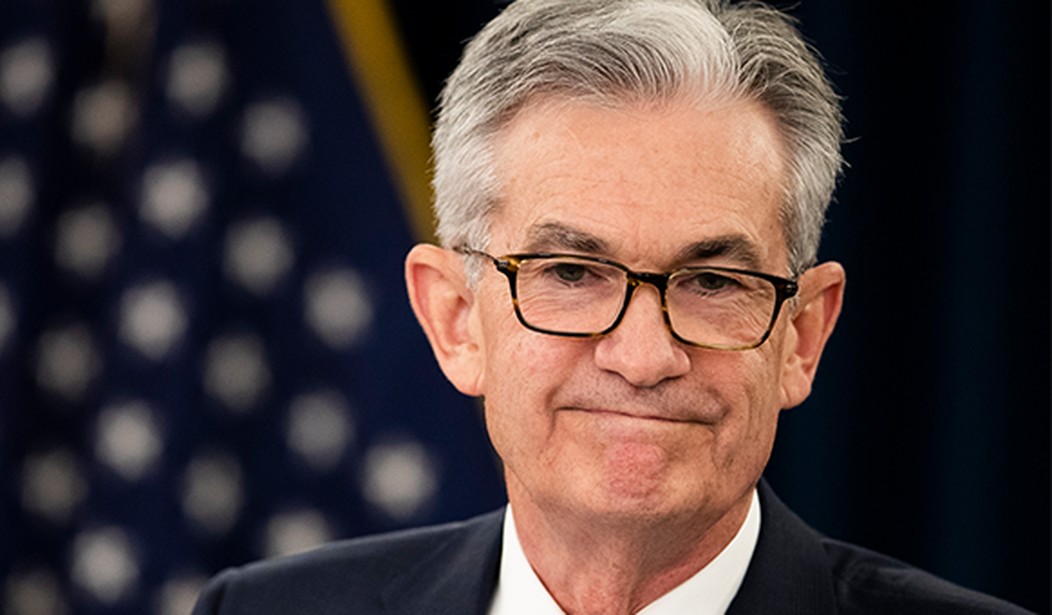I think the Federal Reserve Board is taking this 1980s nostalgic kick a little too far.
Wholesale prices soared to a higher-than-expected 11.3% in June. This follows a higher-than-expected 9.1% rise in consumer prices. Perhaps this will teach economists to start expecting higher rates of inflation rather than look silly when the numbers come out far above what they predicted.
The Producer Price Index — PPI — measures the cost of goods at the wholesale level. The index is widely seen as an indicator of future prices. Rising 11.3% in June is setting off five-alarm bells at the Federal Reserve, leading to widespread speculation that the Fed will decide to raise interest rates a full percentage point — an unprecedented increase — at their meeting later this month.
Bloomberg:
“Everything is in play,” Atlanta Fed President Raphael Bostic told reporters in St. Petersburg, Florida, on Wednesday after US consumer prices rose a faster-than-forecast 9.1% in the year through June. Asked if that included raising rates by a full percentage point, he replied, “it would mean everything.
Investors bet that the Fed is more likely than not to raise interest rates by 100 basis points when it meets July 26-27, which would be the largest increase since the Fed started directly using overnight interest rates to conduct monetary policy in the early 1990s. Americans are furious over high prices, and critics blame the Fed for its initial slow response.
Recall that Fed Chairman Jerome Powell assured us in June 2021 that the 5% inflation at that point was “temporary.”
Oh, for the good old days of 5% inflation.
Cleveland Fed President Loretta Mester, speaking Wednesday evening in an interview on Bloomberg Television, declined to say if she favored going bigger at the July meeting, noting there were important data releases between now and then. But she said there was “no reason” for raising rates by less than the 75 basis points that policy makers delivered last month.
“What I take from the report, and it was uniformly bad — there was no good news in that report at all — is that inflation remains at an unacceptably high level,” she said. “We at the Fed have to be very deliberate and intentional about continuing on this path of raising our interest rate until we get and see convincing evidence that inflation has turned a corner.”
The Fed is in full reactive mode. Powell may be late to the party, but he’s now fully committed to taming the beast of inflation before it gets too far out of control. And if that means sending the nation into a serious recession, so be it.
Fed Chairman Jerome Powell said recently that inflation is a greater danger than recession, and other Fed officials agree with him. This is ominous because inflation has never hurt Americans as much as a dozen recessions since the founding of the country when prices fell instead of going up and farmers and workers suffered acutely. Unfortunately, even Democrats like Treasury Secretary Janet Yellen, share Powell’s view. She rushed to “confess” a few weeks ago that inflation in mid-2022 is worse than she thought it would be and that she was wrong to think that it would ease quickly. She obviously was wrong to expect a quick end to rising prices but in the Democrats’ defense every administration makes rosy predictions. The more important mistake is to cheer for those who think raising rates is a good idea and to respond timidly to the Fed’s willingness to risk a recession to blunt this episode of inflation.
Powell and his mates at the Fed are trying to cool off inflation the old-fashioned way. They’re starving the beast by reducing economic activity via rapidly increasing the cost of borrowing money. When Fed Chairman Paul Volker jacked up interest rates in 1981 to 20%, it cut inflation, but at a terrible price. Millions of Americans were thrown out of work, and the economy suffered through its deepest recession since the end of World War II.
It’s basically the only weapon the Fed has, so we better hope it works.










Join the conversation as a VIP Member